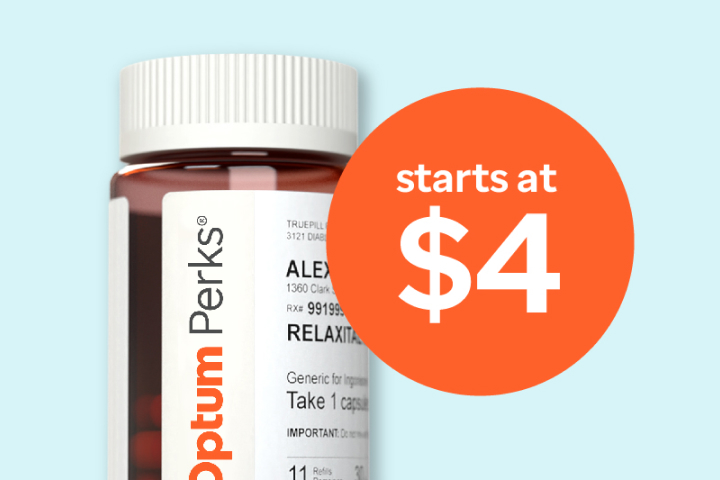Keeping your cholesterol levels within a healthy range is essential for your general health. High levels of cholesterol can increase your risk of developing heart-related conditions or experiencing cardiovascular events, such as heart attack or stroke.
Several methods can help you lower your cholesterol levels, including diet and lifestyle changes. Supplementing with vitamin E may also help you manage your cholesterol.
Vitamin E and cholesterol

Vitamin E is a natural compound in several food sources, such as:
- nuts
- vegetable oils
- green leafy vegetables
- fortified cereals
This vitamin contains two chemicals called tocotrienols and tocopherols. Some research on vitamin E suggests that tocotrienols may interact with cholesterol, preventing low-density lipoprotein (LDL) cholesterol from oxidizing. LDL cholesterol, also known as “bad” cholesterol, is the type that typically leads to damage in your arteries.
While more scientific evidence is needed, a 2018 paper suggests that tocotrienols may have several benefits on your cardiovascular system, including:
- improving the overall health of your arteries
- lowering your blood pressure
- reducing the risk of other heart-related conditions
A 2018 study found a link between lower levels of tocopherol and higher levels of LDL-cholesterol, suggesting that taking vitamin E supplements and, consequently, higher levels of tocopherol may result in lower cholesterol levels in the bloodstream. Again, though, more evidence is needed.
Benefits and risks of vitamin E supplementation
People usually tolerate vitamin E supplementation well. Vitamin E supplements are generally safe and don’t typically cause any side effects. However, having high doses of tocopherol may increase the risk of unusual bruising and bleeding, causing hemorrhage and preventing your blood from clotting.
In some rare instances, people taking vitamin E supplements have experienced serious, life threatening hemorrhagic strokes. However, other than bruising, the most common side effects may include:
- nausea
- vomiting
- fatigue
- weakness
- mood changes
If you experience any of these side effects after taking vitamin E supplements, you may want to speak with a doctor.
Vitamin E has several health benefits. Alongside helping you with your cholesterol levels, it can also reduce your risk of developing several health conditions. This is because vitamin E is a powerful antioxidant that can lower and prevent oxidative stress in your body, which can cause various issues, including cancer.
Tocotrienols in vitamin E have a beneficial effect on the overall health of your cardiovascular system, reducing the risk of heart disease and other heart-related conditions.
A 2018 research review suggests vitamin E may help people with nonalcoholic fatty liver disease. This is because it has anti-inflammatory and antioxidant effects and is generally considered well-tolerated in people without diabetes.
Other potential benefits of vitamin E include its anti-inflammatory properties that can help improve the function of the immune system in older adults over 65 years. It may also benefit cognitive health and slow cognitive decline and Alzheimer’s disease.
Some researchers also believe that vitamin E may help people with certain skin conditions, such as eczema, or particular conditions that can reduce lung function, such as asthma. However, more research is necessary.
Cholesterol-lowering drugs
If you have high cholesterol levels, doctors may prescribe a cholesterol-lowering drug. Several medications are available. Doctors can recommend the most appropriate based on your health conditions.
Cholesterol-lowering drugs may include:
- Niacin: Niacin (Niaspan) can improve the levels of “good” high-density lipoprotein (HDL) cholesterol while lowering LDL cholesterol and triglycerides.
- Statins: These help lower LDL cholesterol levels by slowing the production of cholesterol from your liver. Statins also increase your liver’s ability to clear the LDL cholesterol already in your bloodstream. Examples include atorvastatin (Lipitor) and pravastatin (Pravachol).
- Fibrates: These drugs suppress the production of triglycerides in your liver. This can help reduce the levels of both triglycerides and LDL cholesterol. Examples include fenofibrate (Tricor) and gemfibrozil (Lopid).
- Bile acid sequestrants: These medications help remove cholesterol from your blood by blocking the absorption of bile acids from your body. As a result, your liver produces more bile acids, which it makes by breaking down LDL cholesterol in your bloodstream. Examples of bile acid sequestrants include cholestyramine (Questran) and colesevelam (Welchol).
If you need help covering the cost of medications, the free Optum Perks Discount Card could help you save up to 80% on prescription drugs. Follow the links on drug names for savings on that medication, or search for a specific drug here.
